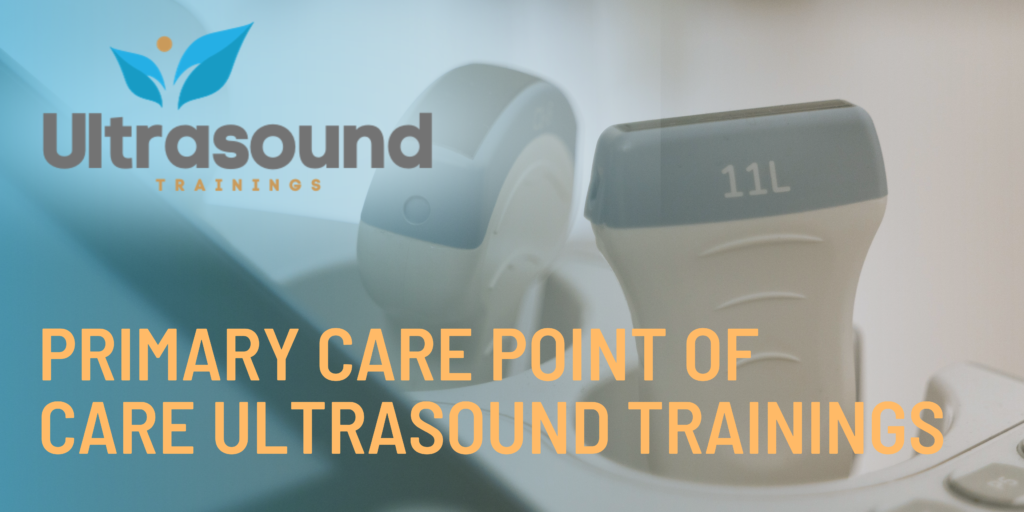Ultrasound Services
In the evolving landscape of primary care, the integration of ultrasound services has emerged as a transformative approach to enhancing diagnostic capabilities, improving patient care, and optimizing clinical outcomes.
As ultrasound technology becomes more accessible and portable, primary care providers have the opportunity to leverage this versatile imaging modality to address a wide range of healthcare needs. In this article, we explore the integration of ultrasound services in the primary care setting and discuss key topics for healthcare professionals seeking to incorporate ultrasound into their practice.

Diagnostic Versatility:
-
- Primary care providers can utilize ultrasound imaging to support diagnostic assessments across various clinical domains, including abdominal, musculoskeletal, cardiovascular, and obstetric/gynecologic evaluations.
-
- By mastering ultrasound techniques relevant to primary care, healthcare professionals can expedite diagnoses, monitor treatment responses, and guide appropriate referrals for specialized care when necessary.
Point of Care Applications:
-
- Point-of-care ultrasound (POCUS) enables primary care providers to perform real-time assessments at the patient’s bedside, facilitating timely decision-making and reducing the need for unnecessary referrals or imaging studies.
-
- Topics such as POCUS protocols, image interpretation, and clinical integration are essential for healthcare professionals looking to implement ultrasound-guided assessments in their practice.
Training and Education:
-
- Comprehensive training and ongoing education are paramount for healthcare professionals seeking to integrate ultrasound services into primary care.
-
- Topics such as ultrasound physics, image acquisition techniques, artifact recognition, and quality assurance are fundamental for developing proficiency in ultrasound imaging.
Patient-Centered Care:
-
- Integrating ultrasound services in primary care enhances the patient experience by offering convenient, non-invasive, and radiation-free imaging options.
-
- Topics related to patient communication, informed consent, and shared decision-making are crucial for ensuring patient comfort and understanding during ultrasound examinations.
Interdisciplinary Collaboration:
-
- Collaboration with radiologists, sonographers, and other healthcare specialists is essential for maintaining quality and consistency in ultrasound services within the primary care setting.
-
- Topics such as referral criteria, consultation pathways, and interdisciplinary communication strategies promote effective teamwork and the seamless integration of ultrasound services into primary care workflows.
The integration of ultrasound services in the primary care setting holds immense potential for improving diagnostic accuracy, enhancing patient care, and advancing the scope of practice for healthcare professionals. By addressing key topics such as diagnostic versatility, point-of-care applications, training and education, patient-centered care, and interdisciplinary collaboration, primary care providers can successfully incorporate ultrasound into their practice, ultimately leading to better outcomes for patients and communities.


